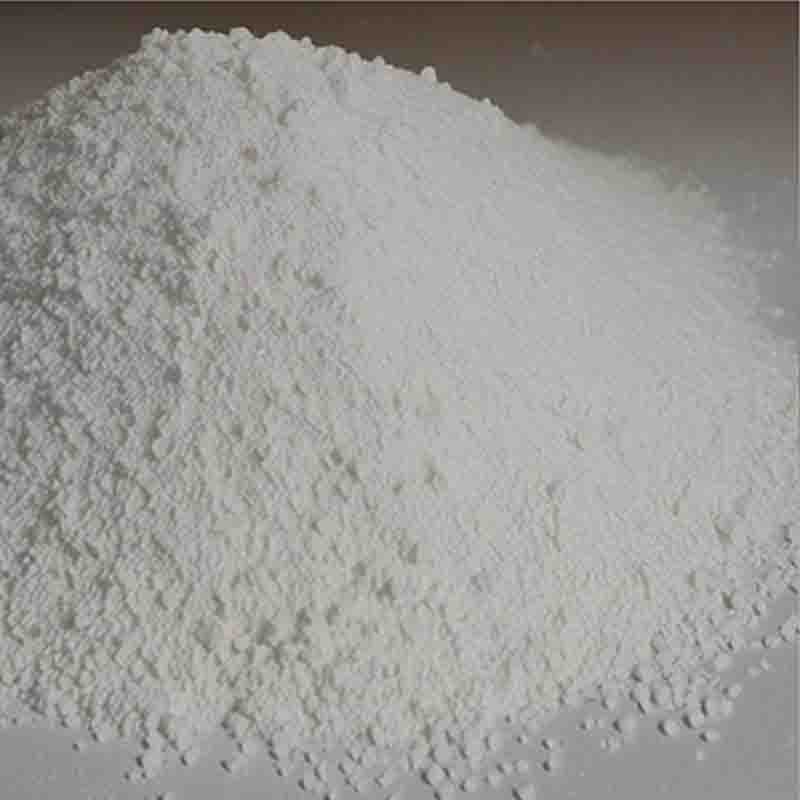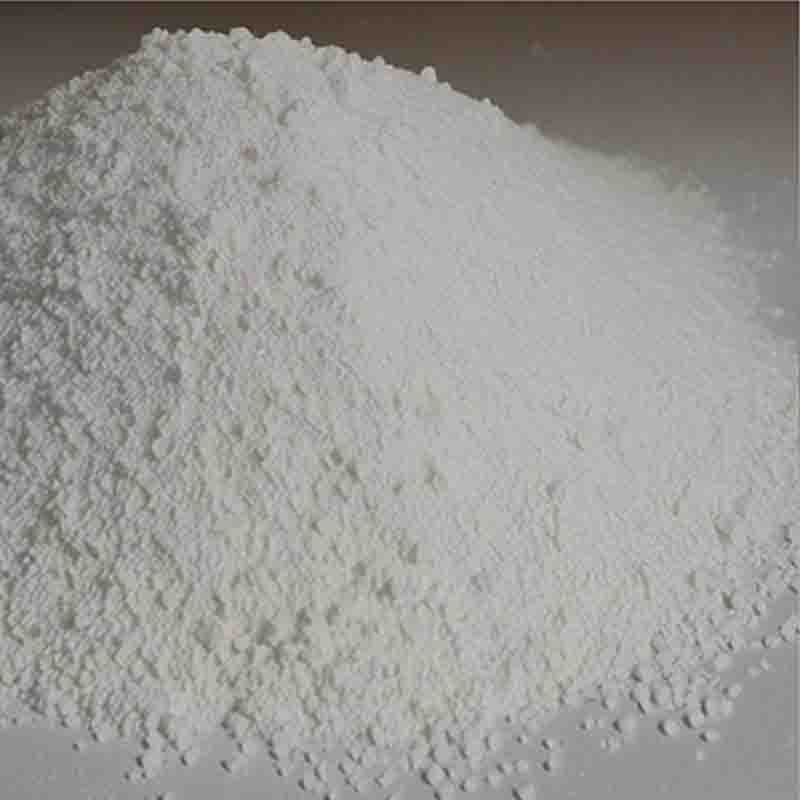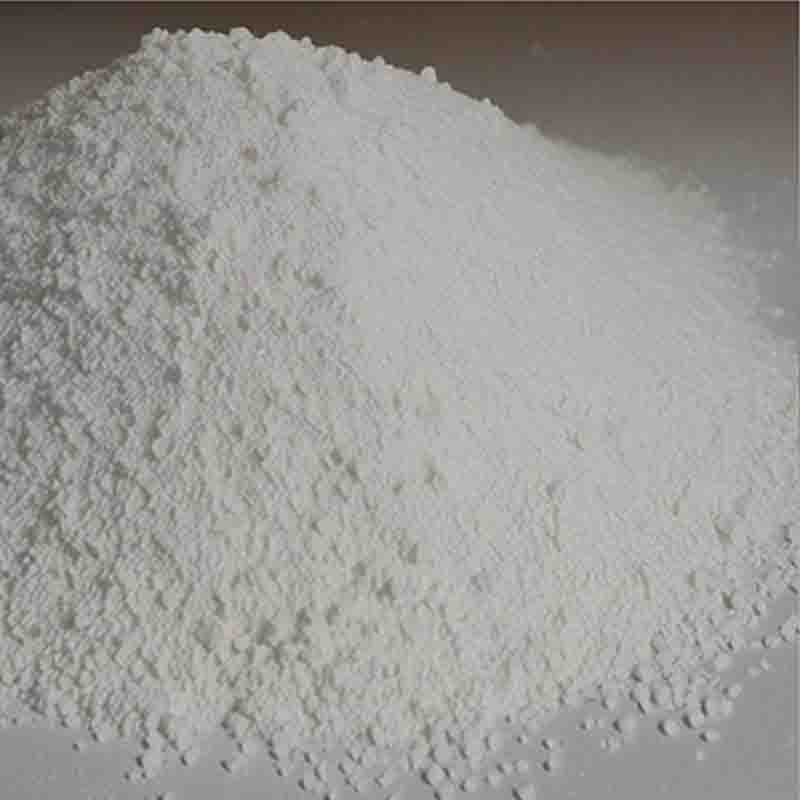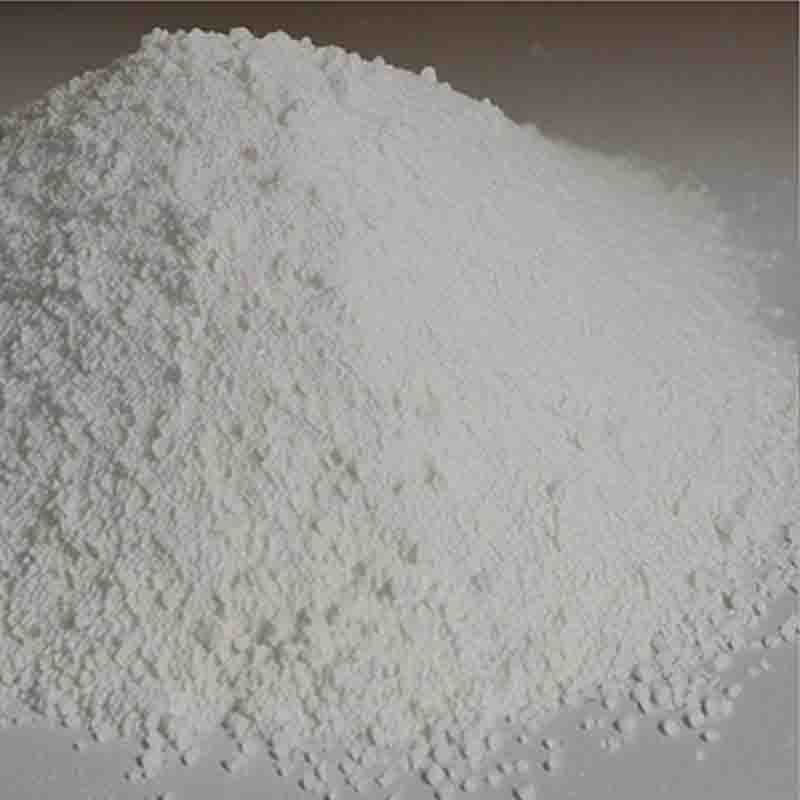Dichlorotris(triphenylphosphine) palladium CAS: 13965-03-2
| Catalog Number | XD93970 |
| Product Name | Dichlorotris(triphenylphosphine) palladium |
| CAS | 13965-03-2 |
| Molecular Formula | C36H30Cl2P2Pd |
| Molecular Weight | 701.9 |
| Storage Details | Ambient |
Product Specification
| Appearance | White powder |
| Assay | 99% min |
Dichlorotris(triphenylphosphine) palladium (PdCl2(PPh3)3) is a coordination complex of palladium that has significant applications in various chemical processes, particularly in catalytic reactions.One of the primary uses of Dichlorotris(triphenylphosphine) palladium is in palladium-catalyzed coupling reactions. Coupling reactions involve the formation of a bond between two different organic compounds, often carbon-carbon or carbon-heteroatom bonds. The PdCl2(PPh3)3 complex acts as a catalyst to facilitate these reactions, enabling the synthesis of complex organic molecules. It is commonly used in cross-coupling reactions such as the Suzuki-Miyaura reaction, which involves coupling aryl or vinyl boronic acids with halides or triflates. This reaction has applications in pharmaceuticals, materials science, and the synthesis of organic compounds.Dichlorotris(triphenylphosphine) palladium is also used in various other palladium-catalyzed reactions. For instance, it is often employed in the Heck reaction, which allows the formation of carbon-carbon bonds between aryl or vinyl halides and alkenes. This reaction has immense importance in the synthesis of pharmaceuticals and fine chemicals. Furthermore, PdCl2(PPh3)3 is utilized in the Stille reaction, which involves coupling organotin compounds with organic halides, enabling the formation of carbon-carbon bonds. The Stille reaction is widely used in the synthesis of biologically active compounds and natural products.Apart from coupling reactions, PdCl2(PPh3)3 is utilized in other processes, including oxidative addition and reductive elimination. Oxidative addition involves the insertion of PdCl2(PPh3)3 into a carbon-halogen bond, allowing the formation of new metal-carbon bonds. Reductive elimination, on the other hand, involves the cleavage of a metal-carbon bond, leading to the formation of a carbon-halogen bond. These processes are crucial in palladium-catalyzed reactions, enabling the transformation of organic substrates.Additionally, PdCl2(PPh3)3 finds application in a variety of organic transformations such as hydrogenation, dehalogenation, and carbonylation reactions. It is commonly used as a catalyst in the hydrogenation of alkenes and alkynes to their corresponding alkanes. Moreover, PdCl2(PPh3)3 can facilitate dehalogenation reactions, removing halogens from organic molecules. Carbonylation reactions involving PdCl2(PPh3)3 enable the conversion of organic halides to carbonyl compounds, often through the insertion of carbon monoxide.Overall, Dichlorotris(triphenylphosphine) palladium is a versatile and widely utilized catalyst in various chemical processes. Its applications range from palladium-catalyzed coupling reactions to hydrogenation and carbonylation reactions. By enabling the formation and transformation of organic bonds, PdCl2(PPh3)3 contributes significantly to the synthesis of complex organic molecules, materials, and pharmaceuticals. Its efficiency and versatility make it a valuable tool for chemists in academia and industry alike.









![N-[(9H-fluoren-9-ylmethoxy)carbonyl]-L-leucine CAS:35661-60-0](https://cdn.globalso.com/xdbiochems/白色粉末11108.jpg)